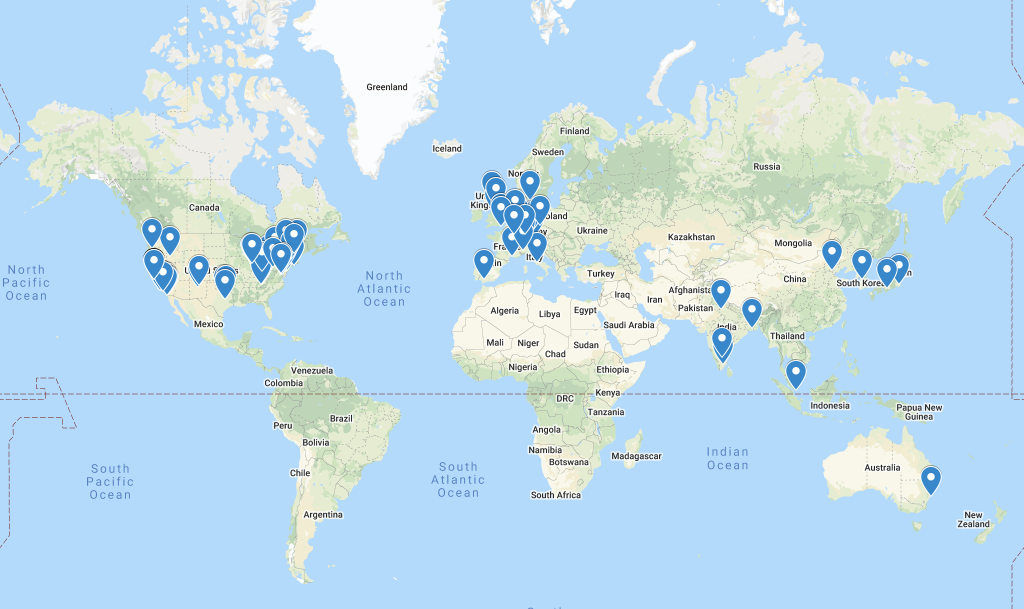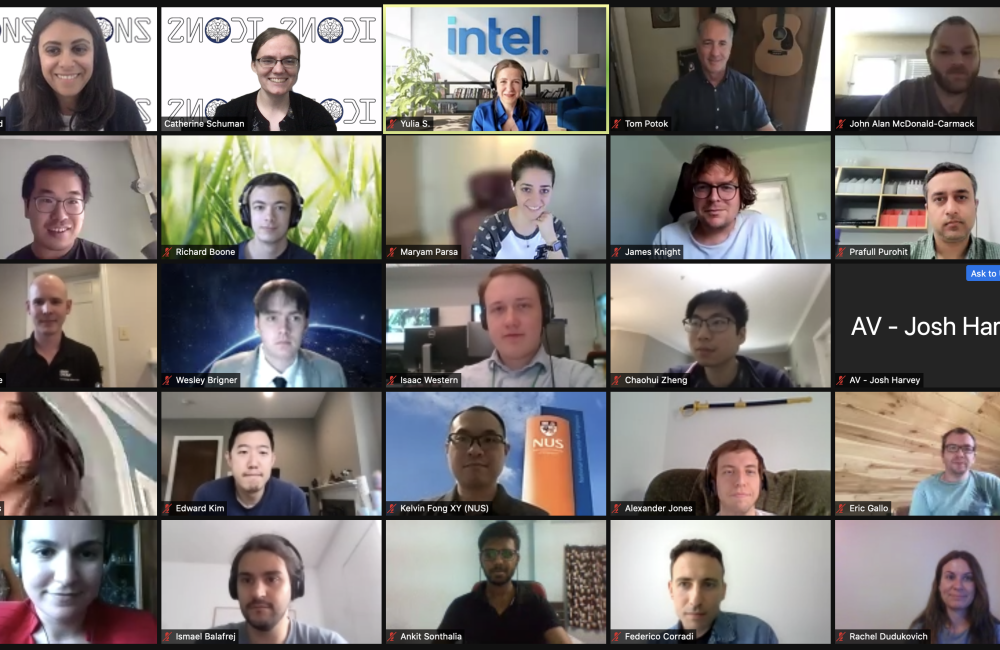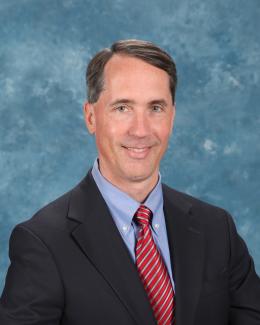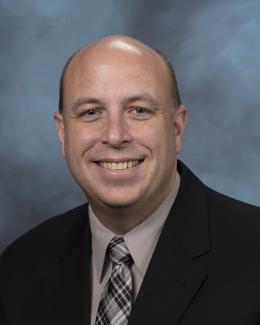Organizers implemented best practices from last year’s virtual conference to facilitate the best possible online experience. Credit: Katie Schuman/ORNL, U.S. Dept. of Energy
The fourth annual International Conference on Neuromorphic Systems, or ICONS, which took place virtually from July 27 to 29, assembled 175 participants scattered across four continents to attend live sessions, view prerecorded presentations and converse with peers about pushing the boundaries of novel architectures, models and applications.
Hosted by the Department of Energy’s Oak Ridge National Laboratory every year since 2017, ICONS provides a premier platform for generating and describing insights into the advancement of neuromorphic systems. Computing resources in this category use hardware and software designed to emulate the human brain’s complex data analysis and decision-making capabilities.
Program Co-Chair Katie Schuman and other scientists who specialize in this field aim to provide alternatives to conventional computing methods, a goal that requires not only new physical systems but also more sophisticated algorithms and user-friendly software frameworks. Throughout the event, speakers emphasized the importance of developing and distributing these resources to enable real-world experiments.
“Neuromorphic work in previous years has mostly focused on hardware, but we heard a lot this year about open-source software and the computer science side of things, which was exciting,” said Schuman, a computer scientist at ORNL. “There’s been a shift in the community in recent years that’s led to an explosion of diverse algorithms for advanced applications.”
The benefits of this approach could be astronomical when the feasible amount of computing power available for research purposes eventually stops growing on a steady trajectory, a long-awaited scenario known as the end of Moore’s law.
ICONS 2021 participants viewed full-length presentations and short “lightning talks,” one of which showcased a neuromorphic car racing around a track made of cardboard in Schuman’s basement. By testing driving performance in this controlled environment, Schuman and her collaborators — including General Chair Tom Potok and Robert Patton of ORNL’s Data and AI Systems Section — hope to better understand how neural networking might be used to control autonomous vehicles.
Other activities included a deep learning tutorial, a series of six poster discussions, a session focused on programs funded by DOE and other agencies, and the second installment of a doctoral consortium.
Designed for Ph.D. students nearing graduation, this portion of the conference allowed participants to explain their research, receive feedback from new mentors and potential employers and ask a diverse group of panelists about their career paths. ICONS attendees, including several former students from last year’s consortium, submitted 29 papers for the conference proceedings.
This year’s event also included a late-breaking results session, during which five speakers described bleeding-edge neuromorphic computing accomplishments reached within the last month or even the last week, giving the rest of the community a glimpse into their progress before the results are compiled in papers, posters or other formal documents.
Several keynote speakers also summarized the state of biologically inspired algorithms from different angles. Emre Neftci of the University of California, Irvine, and the Jülich Research Centre focused on the benefits of traditional deep learning algorithms, and Julie Grollier of the National Center for Scientific Research/Thales Laboratory in France determined which types of devices are needed to efficiently incorporate algorithms into hardware.
Finally, Yulia Sandamirskaya of Intel highlighted the value of algorithms beyond those that rely on deep learning, described her company’s efforts to become a one-stop shop for algorithm development, simulation and hardware implementation and previewed an upcoming software framework.
“Neuromorphic algorithms and applications outside of deep learning are really important aspects of the field that are often overshadowed,” Schuman said. “We can do amazing work by taking inspiration from biology and not boxing ourselves into deep learning as the only training method.”
Because attendees were located across the globe, organizers had to navigate drastically different time zones. Despite best efforts to limit sessions to business hours, the sheer number of locales inevitably led to unorthodox timing, from 10:00 p.m. talks in Australia to 4:00 a.m. poster presentations in Singapore. Still, the accessibility of the virtual format drew a more diverse audience than previous events.

“The last two years of the conference have seen much more geographic diversity,” Schuman said. “We’ve had occasional attendees from Europe and Asia before, but we’re able to accommodate so many more online.”
To continue encouraging those worldwide connections, ICONS will likely be a hybrid conference with virtual and in-person components going forward. This event was supported by DOE’s Advanced Scientific Computing Research program.
UT-Battelle LLC manages Oak Ridge National Laboratory for DOE’s Office of Science, the single largest supporter of basic research in the physical sciences in the United States. DOE’s Office of Science is working to address some of the most pressing challenges of our time. For more information, visit https://energy.gov/science.—Elizabeth Rosenthal





